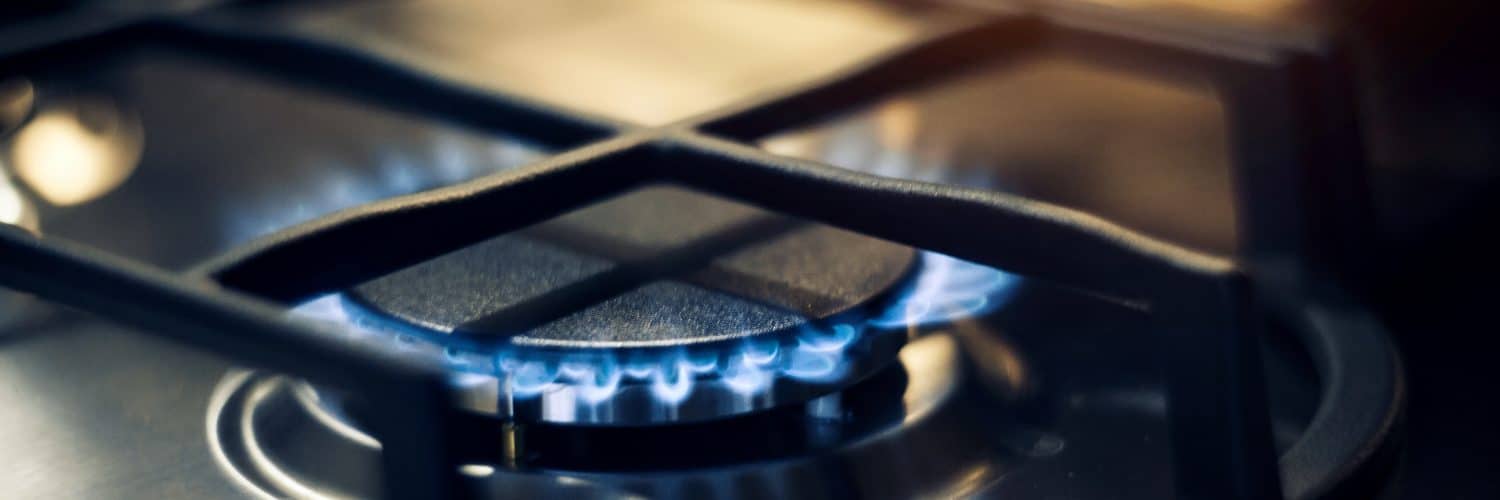Natural gas futures have plummeted from the fourteen-year highs in fall 2022, with Henry Hub prompt-month futures trading at US$2.43/MMBtu as of 1:15pm EDT Thursday afternoon. Strong US dry gas production, a mild winter in both North America and Europe, and the ongoing delayed restart of the Freeport liquified natural gas (LNG) export plant in Texas has eliminated the natural gas storage deficit. The Energy Information Administration (EIA) estimated working gas storage was 2,266 Bcf for the week ending February 10th, following a withdrawal of 100 Bcf. Storage levels are now in a 16.9% year-over-year surplus and 8.8% greater than the five-year average. US heating degree-days were 16% lower in January than the ten-year average, significantly reducing natural gas demand for heating. As reported in the EIA February Short-Term Energy Outlook (STEO), the EIA has revised its Henry Hub spot forecast, with 2023 prices expected to average US$3.40/MMBtu, down 30% from the January forecast of $4.90/MMBtu. The EIA estimates natural gas production in January averaged 11% above the five-year average, and 5% greater than last January. The risk of volatility remains heading into the summer, however, as low natural gas prices will be an incentive for power generators to use natural gas rather than coal for US power generation, putting upward pressure on prices. In addition, Europe will need to begin restocking storage inventories for the 2023/2024 winter as the global energy crisis is not over.
In Canada, February spot market prices have declined, with a month-to-date AECO 5a average of C$2.63/GJ and a current Dawn Next-Day average index rate of $3.22/GJ. Prices are expected to remain lower than previously forecasted in 2023 as warmer winter temperatures have decreased demand, improving storage inventories. Point Logic reports Canadian natural gas storage for the week ending February 10th was sitting at 423 Bcf, after an overall withdrawal of 14 Bcf. Eastern Canadian storage had a pull of 11 Bcf, while Western Canadian storage had a withdrawal of 3 Bcf. Storage levels are now in a surplus, 24% above prior-year storage levels and 1% greater than the five-year average. Canadian storage is 48% full, with Eastern storage levels now at 54% of capacity and Western storage at 47%. A net injection of 2 Bcf is expected for the week ending tomorrow.
– Karyn Morrison, Energy Advisor








Add comment